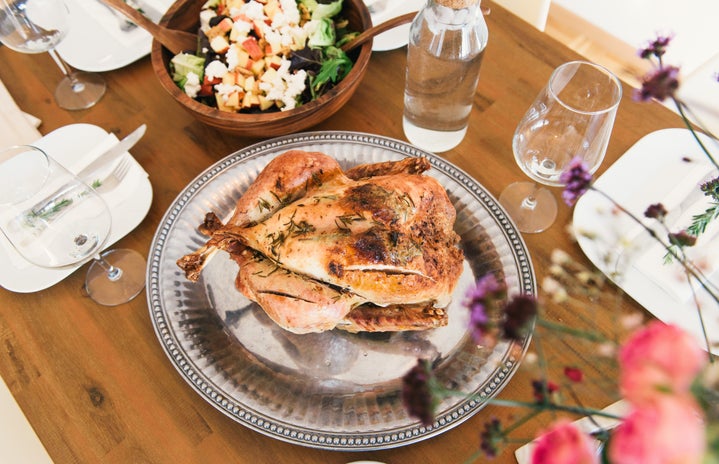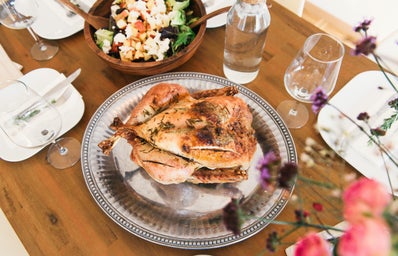For many Americans like myself, this week marks Thanksgiving, a holiday filled with family, football, and platters upon platters of delicious food. Though many of us were taught in school that the celebratory holiday was in honor of the English pilgrims and Native Americans coming together for the first Thanksgiving in Plymouth, Massachusetts, such a narrative paints a grossly idealized image of the real story of Thanksgiving.
1. The traditional narrative of hospitable relations between the Pilgrims and the Wampanoag people masks the long and bloody history of conflict between Native Americans and European settlers.
The brutal struggle resulted in the deaths of tens of thousands and continued well beyond the autumn harvest feast shared in 1621. For many Native Americans, Thanksgiving is a day of mourning and “a reminder of the genocide of millions of their people, the theft of their lands, and the relentless assault on their cultures.” Since 1970, Native Americans and non-native people have gathered on every fourth Thursday of November (Thanksgiving Day) at the top of Cole’s Hill in Massachusetts, which overlooks Plymouth Rock, to commemorate a “National Day of Mourning.” Participants honor Native ancestors and the struggles of Native peoples in fighting for their rights today.
2. Peace didn’t last between the English settlers and their Wampanoag allies.
Just a generation after the famous feast took place, the two became embroiled in a devastating war which ultimately killed as high as 30% of the English population and half of the Native Americans in New England.
3. The first Thanksgiving feast predates Plymouth, MA, in 1621.
The first Pilgrim Thanksgiving celebration documented in America actually took place in Newfoundland in 1587. Similar celebrations were documented in Texas in 1598, Virginia in 1610, and Maine in 1607. While the Plymouth colonists were the first group of Europeans who actually held the celebration more than once, French Huguenots and Spanish settlers are also documented to have held a Thanksgiving with native tribes.
4. Plymouth Rock was never mentioned in the Pilgrims’ original writings.
Plymouth Rock, sitting now in Pilgrim Memorial State Park in Plymouth, MA, was known as the “landing place of the Pilgrims.” However, William Bradford and his fellow Mayflower passengers made no written references to setting foot on a rock as they disembarked onto the new continent. The legacy of the pilgrims’ purported landing place is rather a part of the region’s oral history.
Thanksgiving is a time to be grateful for family and friends and to give thanks for all that you have. However, it is equally important to acknowledge the millions of Native Americans who suffered from European colonization and who continue to suffer from injustices today in order to recognize the truth behind Thanksgiving.
Sources:
https://www.historyonthenet.com/five-thanksgiving-facts-that-your-history-teacher-left-out
https://www.businessinsider.com/history-of-thanksgiving-2017-11
https://www.history.com/topics/thanksgiving/history-of-thanksgiving
https://www.cnn.com/2019/11/24/us/native-americans-national-day-of-mourning/index.html


